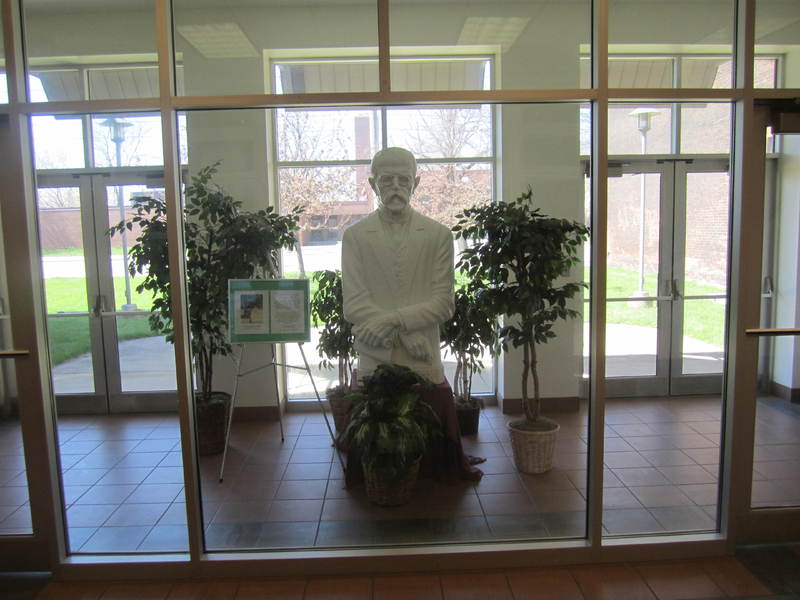Bohemian National Hall

In the early 1880s, an idea arose in the Lodge Bratri v Kruhu of the Czech Slovak Benevolent Association that people of Bohemian nationality needed a community building dedicated to their societies and culture. In August 1887, Bohemian representatives met to discuss the possibility of creating such a space.
The cornerstone for Bohemian National Hall was laid on December 20, 1896, and was dedicated the following September. During the dedication ceremonies, all local Bohemian communities and societies were invited to participate, but every other ethnic group was excluded to make this a distinctly Bohemian celebration. Bohemians attended the celebrations from Chicago, Detroit, Pennsylvania, Toledo, and even New York. The hall served as a meeting place for over 40 lodges, societies, and clubs. In 1911, classrooms were added to teach language skills.
In the late summer of 1900, the Bohemian National Turners Association held their annual convention in Cleveland. A number of tournaments took place at area locations such as Forest City Park and Central Armory with about 400 members in Cleveland alone and 800 visiting delegates. On August 23, the award banquet for the convention was held in the Bohemian National Hall.
The hall also brought large crowds for its annual celebration of Jan Hus Day. Hus was a Bohemian reformer burned at the stake on July 6, 1415, for heresy and is considered a national hero. The Bohemians would have large celebrations including plays and various performances. In 1915, events at Gordon Park brought 20,000 Bohemians to the area with many attending later events at the hall.
Also in 1915, representatives for the Czech and Slovak people met in the hall to discuss the need for a common sovereign state. This meeting, now known as the Cleveland Agreement, sparked the idea of creating what would come to be Czechoslovakia. On May 10, 1945, celebrations were held for the liberation of Czechoslovakia from German occupation with speeches by Louis Krch, president of the Slovak National Alliance and Joseph Novy, of the Czechoslovakian Consul. The celebration called for unity among Czechs and their European neighbors--Poland, Hungary, and Austria. Cleveland area Czechs also began a collection drive of clothing and household goods that would be dropped off at the hall and later sent to war torn Czechoslovakia.
In May 1975, Bohemian National Hall was added to the National Register of Historic Places. The next month, the hall was sold to the American Sokol Inc. Sokol is a program dedicated to the idea of a strong mind and body, emphasizing the importance of physical fitness. After the sale, the hall continued to host Sokol meetings, gymnastic events, lodge functions, Czech classes, and other Czech-oriented cultural events. A major renovation and restoration project in the early 2000s added an athletic facility and museum, now used as the Czech Cultural Center.
Today, the hall still teaches classes, holds events and meetings, and serves as a source of information and pride for the Cleveland Czech population.
Images





